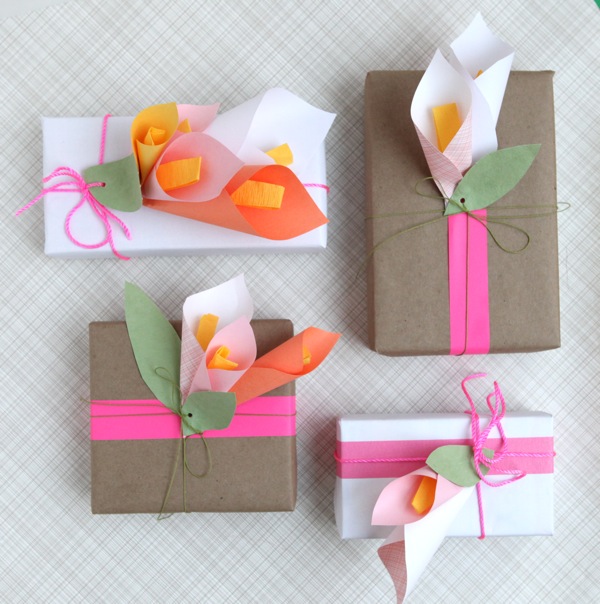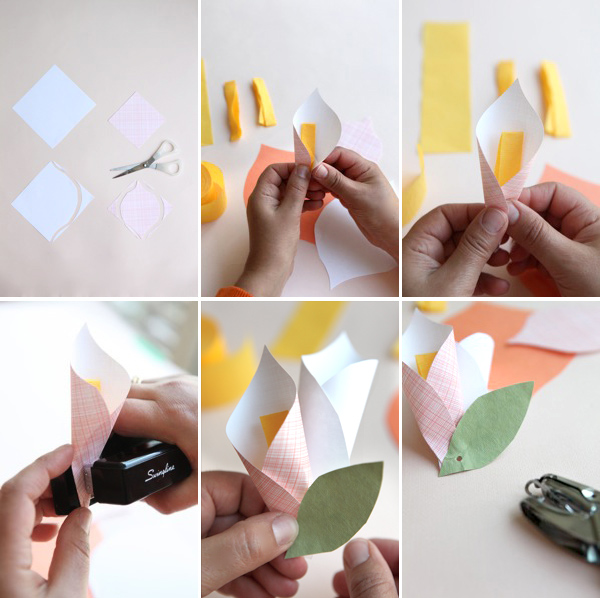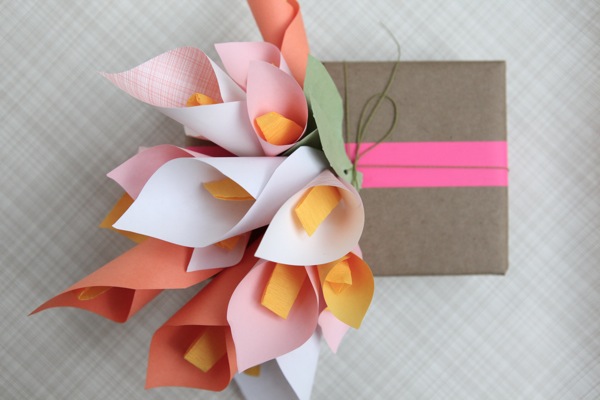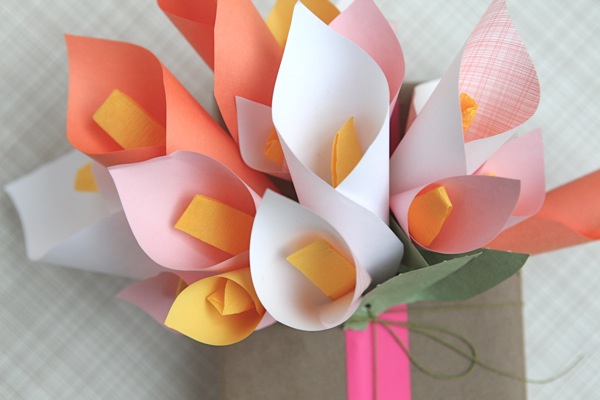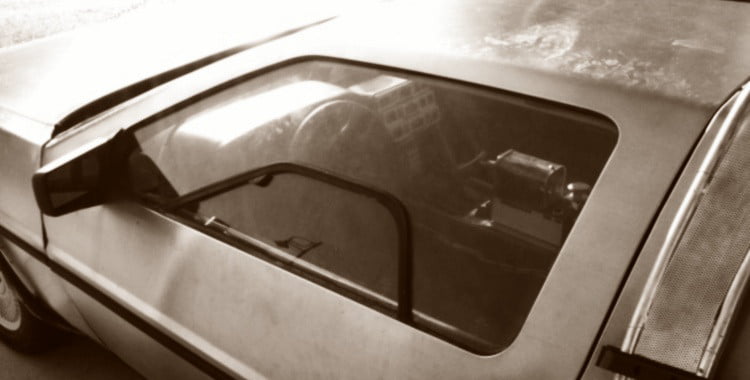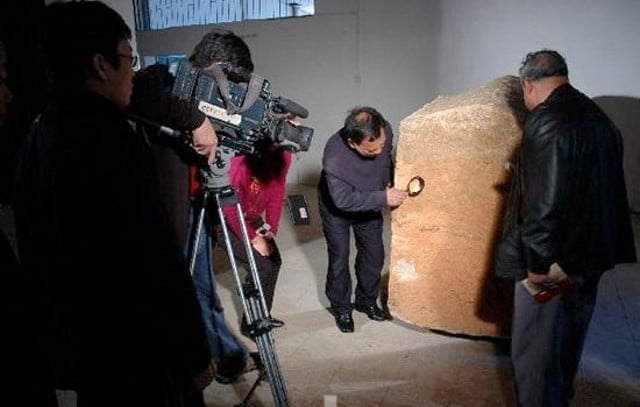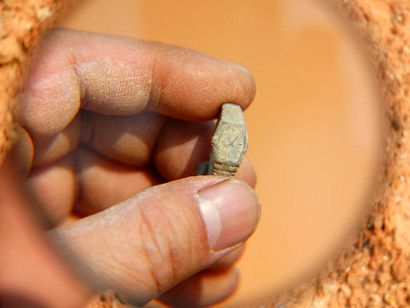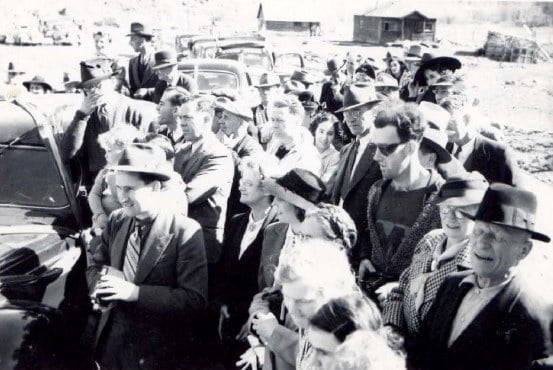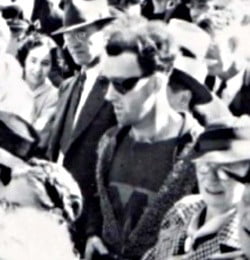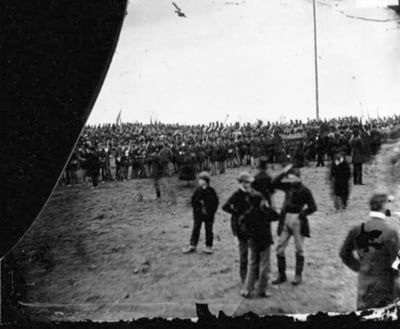
Image credit: Galaxy Zoo.
“When I was having that alphabet soup, I never thought that it would pay off.” -Vanna White
Ever want an A-to-Z illustrated alphabet of astrophysics? Turns out that — other than writing your own via Galaxy Zoo — it doesn't yet exist. So I thought it would be delightful to make one for you… right now!
A is for Aurora, polar lights fast and slow, the Sun’s hot electrons make the atmosphere glow.

Image credit: Andrew Hamilton of JILA / Colorado, http://jila.colorado.edu/~ajsh/insidebh/schw.html.
B is for Black hole, a star’s collapsed heart, once matter falls in, it will never depart.
C is for Comet, with tails, dust, and ice, a trip near the Sun makes them look very nice!
D is for Doppler, turning galaxies red, if you’re far, you’ll move fast, faster, fastest; you sped!
E is for Eclipse, where the Moon, Earth and Sun cast light-blocking shadows, and cause tons of fun.
F is for Fusion, that powers the stars, nuclei join together, and the light is all ours!
G is for Galaxies, in clusters and groups, with billions to find, no wonder we’re snoops!
H is for Hubble, the telescope from space, the sights it has seen help the whole human race.
I is for Ions, who make gas glow so bright, when they find electrons, we see colorful light.

Image credit: X-ray: NASA/CXC/CfA/R.Kraft et al.; Submillimeter: MPIfR/ESO/APEX/A.Weiss et al.; Optical: ESO/WFI.
J is for Jets, from a galaxy’s core, when it eats and spits matter, they’re active once more!
K is for Kelvin, with Helmholtz, stars will cool, so white dwarfs fade to black, it’s a great cosmic rule.
L is for Libration, which makes our Moon rock, it’s a trick of the orbit; it’s tidally locked!
M is for Meteors, which come in a shower, at the right time of year, you’ll see hundreds an hour!
N is for Nebula, planetary, in this case, when the Sun’s out of fuel, this is our fate in space.
O is for Opaque, why the Milky Way’s dark, without dust to block it, starlight would be stark!
P is for Pulsar, a spinning neutron star, as the orbits tick by, we know just when we are.
Q is for Quasars, great radio sources, distant, active galaxies eating like horses!
R is for Rings, all gas giants possess them, even one found in another sun’s system!
S is for Spacetime, which curves due to matter, this Universe-fabric, it bends but won’t shatter!
T is Type Ia, the best known supernova, when White Dwarfs collapse, your distance? We’ll know ‘ya!

Image credit: NASA, ESA, G. Illingworth, D. Magee, and P. Oesch (University of California, Santa Cruz), R. Bouwens (Leiden University), and the HUDF09 Team; stitching of the HUDF and the XDF fields by me.
U is the Universe, which we’re still understanding, with billions of galaxies, our spacetime’s expanding!
V is for Virgo, our nearest great cluster, with 1000+ galaxies, it’s a massive gut-buster!
W is for wavelength, the energies of light, it’s how we know what atoms are in stars just from sight!
X is for X-rays, which find starbursts (in red), where the most massive galaxies form stars dead ahead.
Y is the Year, where we orbit our Sun, each planet is different; the Earth is just one.
Z is for Zenith, so gaze up towards the sky! The Universe is here; let’s learn what, how and why.
Source: Science Blogs
Source: Science Blogs























